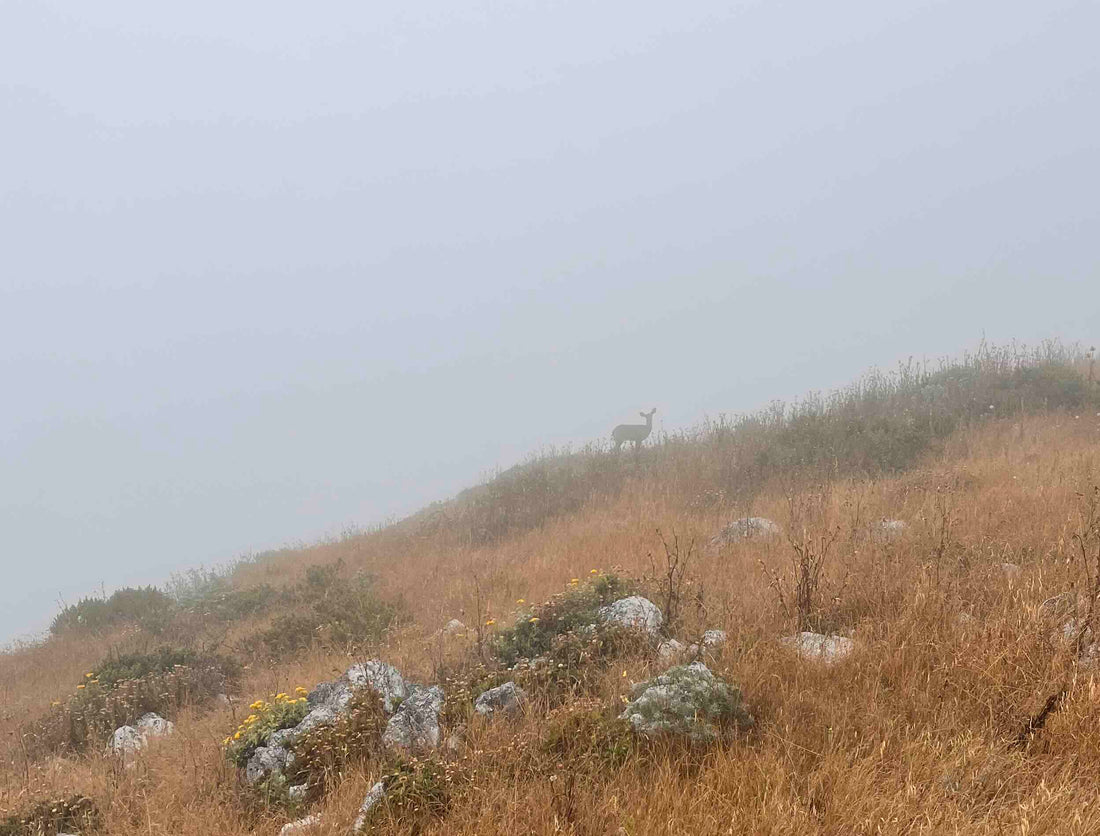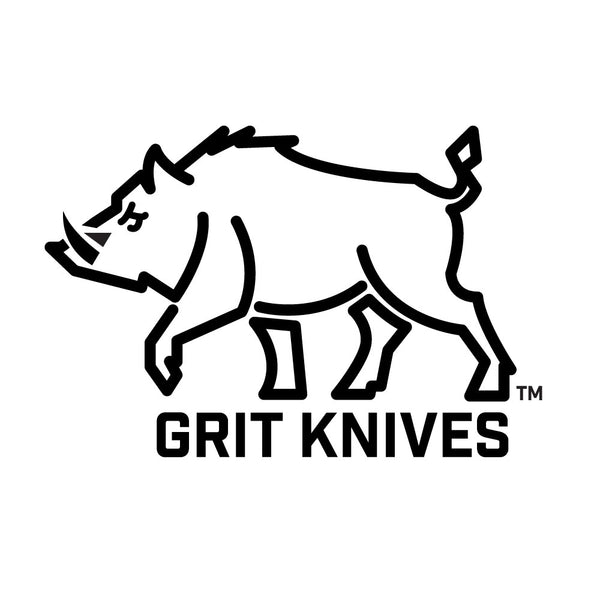
Embracing the Challenges of The Haar: Hunting Deer on the Central Coast
Share
The anticipation is always high as deer archery season opens on the Central Coast of California. This year, the season kicks off in mid-July, a time when most hunters would be bracing themselves for sweltering heat and dry conditions. However, here on the coast, we face a different kind of challenge: the dense, rolling fog known as the "haar."
The Coastal Fog: Nature’s Veil
Unlike the inland regions where the sun blazes down mercilessly, the Central Coast is often shrouded in a thick blanket of fog during the early mornings. This haar, as we call it, can be both a blessing and a curse. It keeps the temperatures cool and comfortable, but it also hampers visibility, making it difficult to glass with binoculars. The fog is so dense that it renders most optics nearly useless until it begins to burn off, usually well into the morning.
The Hunt Begins
As the season opens, I find myself at the trailhead before dawn, eager to begin the hunt. The cool, moist air is a welcome respite from the summer heat, but as I look for the trailhead, the haar surrounds me, creating an eerie yet peaceful atmosphere. The landscape, usually so familiar, transforms into a mysterious expanse where visibility is limited to just a few yards.
Glassing is out of the question in these conditions. Instead, I rely on my instincts and knowledge of the terrain. Moving quietly through the brush, I still-hunt, carefully stepping to avoid making noise that might alert any nearby deer. The fog muffles sound, adding to the quiet and stealthy nature of the hunt.
Waiting for the Haar to Lift
The early morning hours pass slowly. With the fog so thick, there's little activity. Deer, like hunters, tend to wait for the haar to lift before becoming active. Patience is crucial during these times. I find a good spot to sit and wait, scanning the immediate area for any movement.
As the sun rises higher, the fog begins to thin. Shapes and shadows become more defined, and the world slowly comes back into focus. It's during this transitional period that I often see the first signs of deer movement. The animals emerge cautiously, and the hunt intensifies.
Strategies for Success
Hunting in the haar requires a different set of strategies. Here are a few tips that I've found useful over the years:
- Know Your Terrain:Familiarity with the hunting area is crucial. Knowing where the deer are likely to be, even when visibility is low, can make a big difference.
- Stay Low and Slow: Moving quietly and slowly is essential. The fog can help mask your presence, but it's important to remain as silent as possible.
- Use Natural Cover:Take advantage of the natural cover provided by the fog and vegetation. Blend in and stay hidden until the moment is right.
- Patience Pays Off: Waiting for the fog to lift can test your patience, but it's often worth it. The deer will become more active as visibility improves.
- Adapt to Changing Conditions: Be ready to adjust your strategy as the fog dissipates. Glassing may become effective later in the morning, so have your binoculars ready.
The Thrill of the Hunt
Despite the challenges posed by the haar, hunting deer on the Central Coast is a thrilling experience. The unique conditions add an element of unpredictability and excitement to the hunt. Every outing is different, and adapting to the ever-changing environment is part of what makes it so rewarding.
This season, as I venture out into the fog-covered hills, I embrace the mystery and beauty of the Central Coast. The haar may obscure my vision, but it also heightens my senses and deepens my connection to the land. Whether I return home with a deer or simply with the memories of a day well spent in nature, I know that hunting in these conditions is an experience unlike any other.
Here's to a successful and memorable deer archery season on the Central Coast, where the fog challenges us, and the hunt truly begins when the haar lifts.
Chuck
